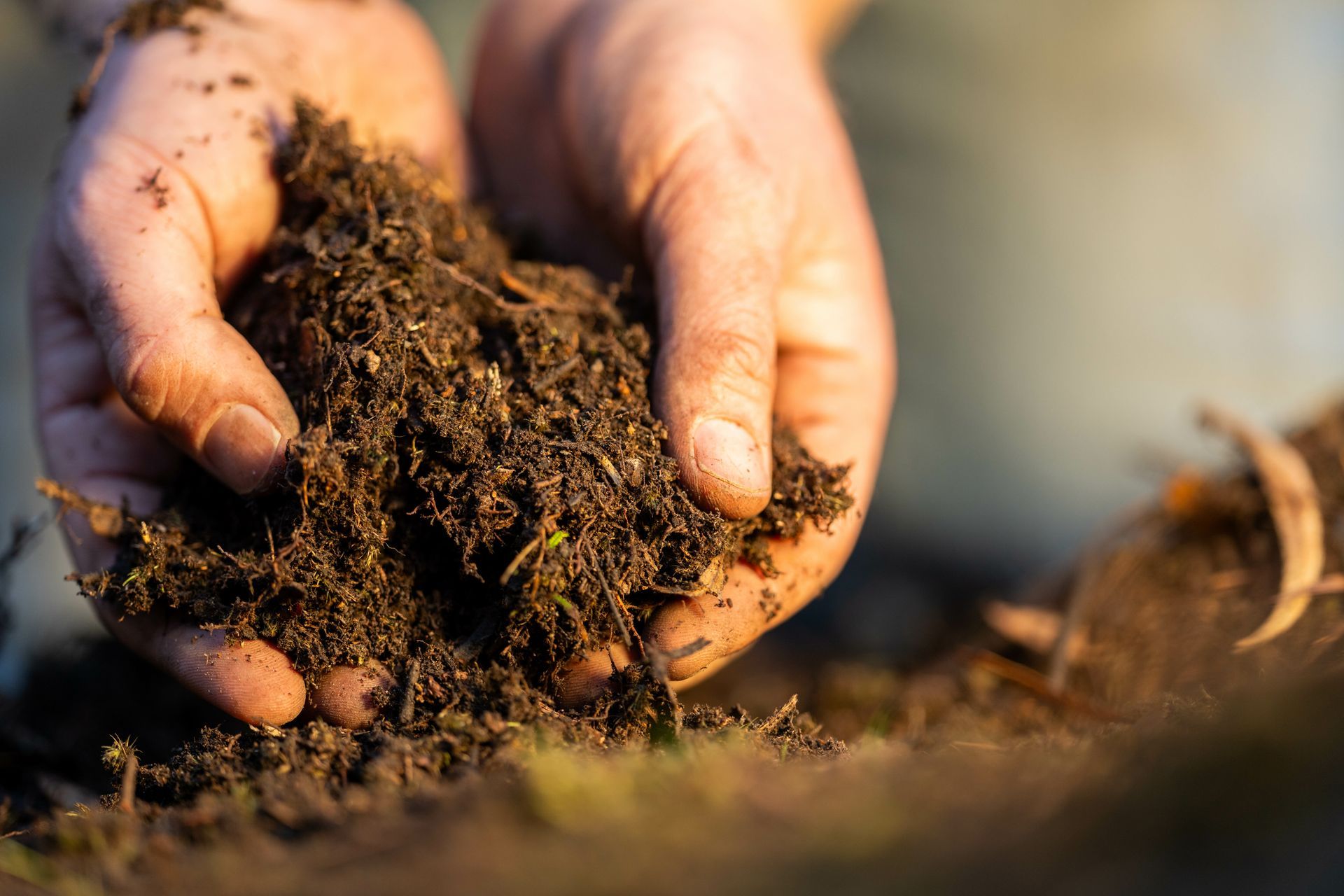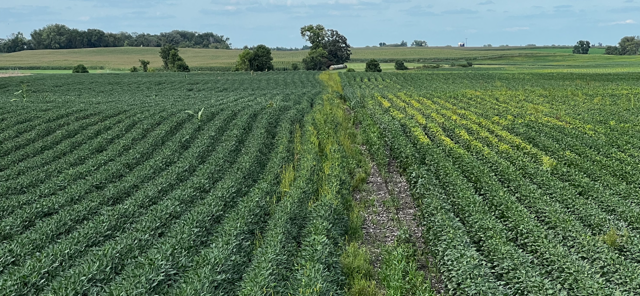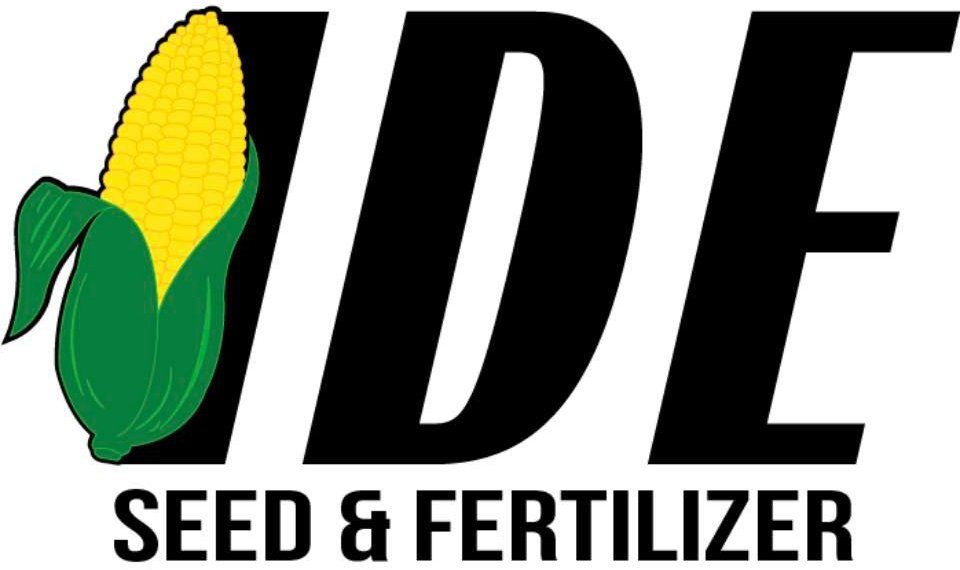Research & Development: The Key to Farming's Future
Why R&D Matters in Agriculture
Every successful business, from tech startups to manufacturing giants, invests in research and development. Why should your farm be any different? As we kick off 2025, it's time to think about your farm's R&D strategy – and it starts with understanding what's happening beneath your feet.
The harsh reality of 2024's yellow corn across central Minnesota taught us a valuable lesson: what worked yesterday might not work tomorrow. But here's the good news: you don't need a massive research budget or complicated trials to start improving your operation. You just need 20 acres and a willingness to learn.

The One-Field Challenge
That's where our One-Field Challenge comes in. By testing both high and low-yielding areas within the same field, we've uncovered something fascinating: in over 75% of cases, the high-yielding areas actually showed lower P and K levels but better WEOC (Water Extractable Organic Carbon) in relation to their CEC (cation exchange capacity) levels. This contradicts conventional wisdom and highlights why soil biology testing is so crucial.
Don't Wait to Innovate
Think about it this way: waiting 5-10 years to start testing your soil biology isn't just falling behind – it's choosing to farm with outdated information. It's like trying to compete in today's market with technology from the 1990s. The science of soil health has evolved, and so should our approach to farming.
Getting Started is Easy

Ready to start your farm's R&D program?
Here's what you need to do:
- Choose a test field (about 20 acres)
- Identify your best and worst-performing areas
- Let us help you conduct comprehensive soil biology testing
- Use the results to develop a customized plan for your specific soil conditions
You can't afford to let another season pass without understanding what is really driving your fields.
The future of farming isn't just about working harder - it's about farming smarter with biology on your side.
Ready to take the One-Field Challenge?
This is the best next step to creating an R&D strategy for your farm.
